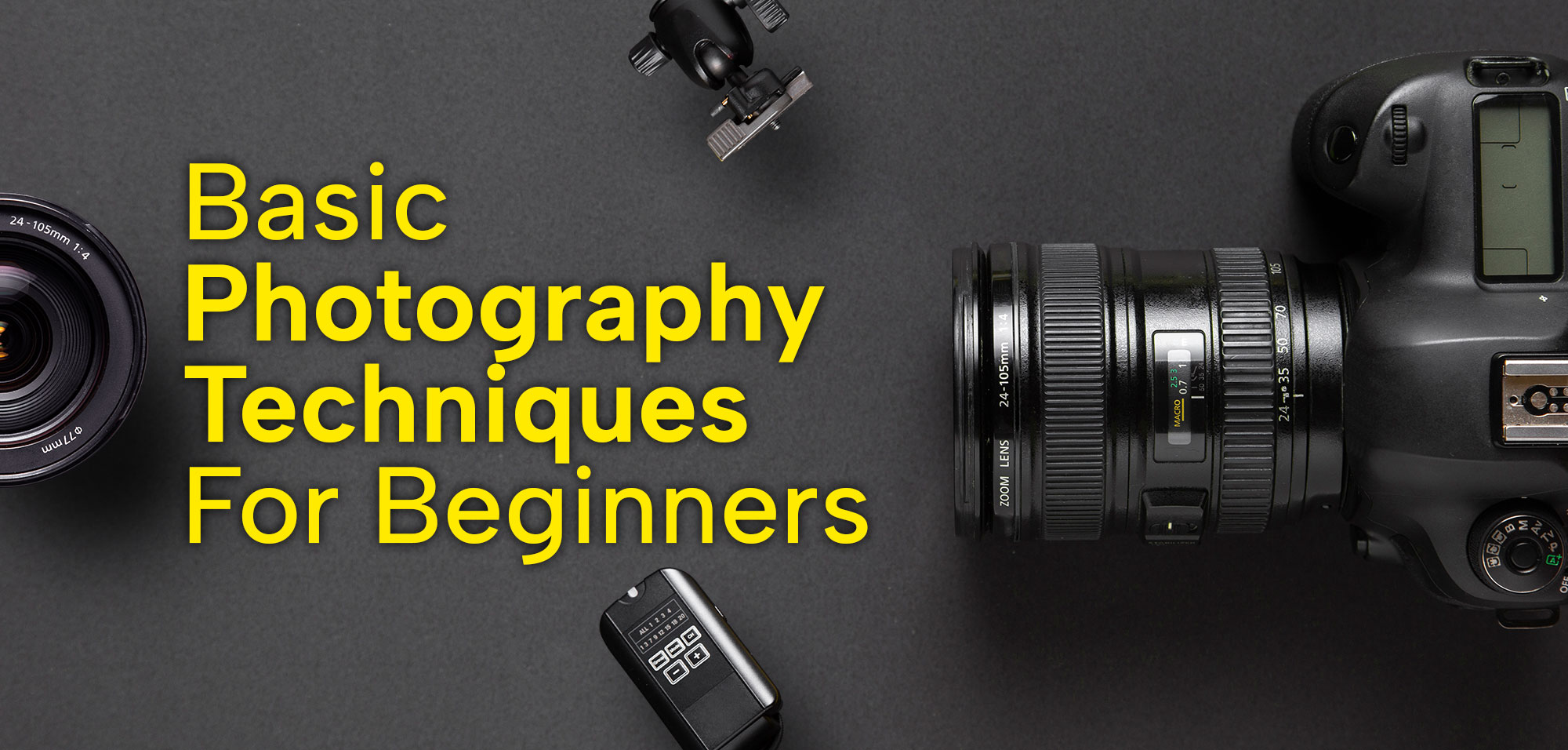
Basic Photography Techniques For Beginners
II..Photography is art. Any art that needs perfect execution requires skills. Photographic skills in particular require a keen eye for observation and patience. Nowadays, a lot of individuals prefer to study basic photography techniques online, which is a terrific method to sift through a tonne of knowledge. The method of holding the camera or the camera position has a predominant role in the art of photography. Light waves like UV, infrared, and radio are undetectable to the human eye. But they can capture with advanced cameras and proper tools.
During the initial period, a few photographers had been utilising specialised methods to obtain colour images for decades before, but most photos were monochromatic. Yet all their efforts laid the foundation for basic photography techniques.
These pioneers of colour photography, are far from the only ones exploring the boundaries of this relatively new form of art. The development of photography into the contemporary period was led by artists and inventors throughout its entire history. Ever since the introduction of digital photography, common people gained access to photography more than ever before.
Basics of Photography
Exposure:
Any photograph that is taken or recorded has exposure as its fundamental component. Exposure in its essence, is the amount of light to which your photo was subjected determines what is captured in your final image, whether it was taken on film or, more frequently these days, digitally.
There would be no picture without light. Imagine exposure as your eye; if there is no light and the room is completely dark, you cannot see anything. When we gaze at anything, we are not truly seeing it directly; instead, we are viewing the light that is bouncing and reflecting off the things in front of us.
The same may be stated if there is too much light. For example, when you first get up in the middle of the night and turn on a bright light, it feels too bright to you and you are unable to focus since your eyes have not yet adjusted. The same holds true for photography, which is why the most frequent criticism of photographs is that they are either overexposed or underexposed (too much light leading to an overly bright image).
When we gaze at anything, we are not truly seeing it directly; instead, we are viewing the light that is bouncing and reflecting off the things in front of us.
Shutter Speed:
By exposing a digital sensor (or a piece of film) to light, a camera takes a picture. When you’re not taking a picture, the shutter only serves as a screen to block off the light. The shutter is opened by pressing the button at the top of the camera, which is really called the shutter release. A picture is then captured. As soon as the shutter closes, the camera stops recording.
The length of time the barrier is left open to allow light into the image is then the shutter speed. The shutter speed, which can range from milliseconds to minutes, determines how long an image is exposed to light.
Understanding shutter speed is crucial to taking full creative control of the camera as it is one of three factors that determine how light or dark an image is (a process known as exposure). The lens will allow in a lot of light if the shutter is left open for a long period, and unless you are photographing a really dark situation, the image will be overly bright or overexposed. On the other hand, if the shutter speed is too fast, the image will be overly dark.
What then is the ideal shutter speed? Depending on how much light is present, obviously. You’ll need a quick shutter speed, like 1/500, outside on a sunny day. You’ll need to slow it down a little indoors, maybe by 1/100.
Depth of Field:
In photography, the depth of field (DoF) is the portion of the image that is crisp and in focus. The distance between the closest and farthest objects in your images determines how sharp and in focus they are.
The amount of the image that is acceptable in focus will help you better comprehend what depth of field means. Consider taking pictures of two subjects at two different distances from you, for instance. The distance between the two subjects would be the definition of depth of field if just that which is between one topic and the other is sharp but everything else is blurry.
The important part of a photograph is the focus. The line between the closest and farthest parts that are crisp and in focus is quite short when there is a narrow depth of field.
The short depth of field and narrow depth of field are other names for shallow depth of field. Understanding what precisely a shallow depth of field is and, more importantly, when you should utilise one, is crucial.
A greater depth of field, on the other hand, results in a bigger portion of the image being in focus. In this instance, there is a considerable distance between the closest and farthest elements that are reasonably sharp. A big depth of field sometimes referred to as a deep depth of field or huge depth of field, is brought on by a number of factors, with focal length playing a key role. Wide-angle lenses, as an illustration, enable a deeper depth of field.
Focal Length:
The focal length is the distance, in millimetres, between the lens’ optical centre and the camera sensor, which records light data. The elements inside the housing of a lens bend and shape light as it enters the front so that it converges into a single point of the focus known as the “optical centre.” It is crucial to remember that this measurement is made with the camera set to infinity and that lenses are named according to their focal length, which is indicated on the lens barrel.
The focal lengths of lenses vary widely, from relatively small (8 mm) to extremely long (600 mm and beyond). Depending on the situation and topic, different focal lengths work best for photographs. Fortunately, you can select the ideal focal length for each shot with a DSLR, mirrorless, or another interchangeable lens camera.
Photography Tips and Tricks
- Study and view as many images as you can
- Recognize and make use of good lighting.
- Shoot in ‘raw’ to get your photography career started.
- Zoom in and closely observe the flaws.
- Embrace the camera’s manual mode without trepidation.
- Master the art of holding the camera in the right positions
- Acquaintance with other photographers.
Mastering photography fundamentals might seem a bit difficult to comprehend at the beginning level. Learning each of the principles step by step is the key. If you’re passionate about photography, you can consider joining a Photography course. It is even taught in reputed VFX institutes. Recognize the theory, examine the instances, and most importantly implement it through constant practice!



